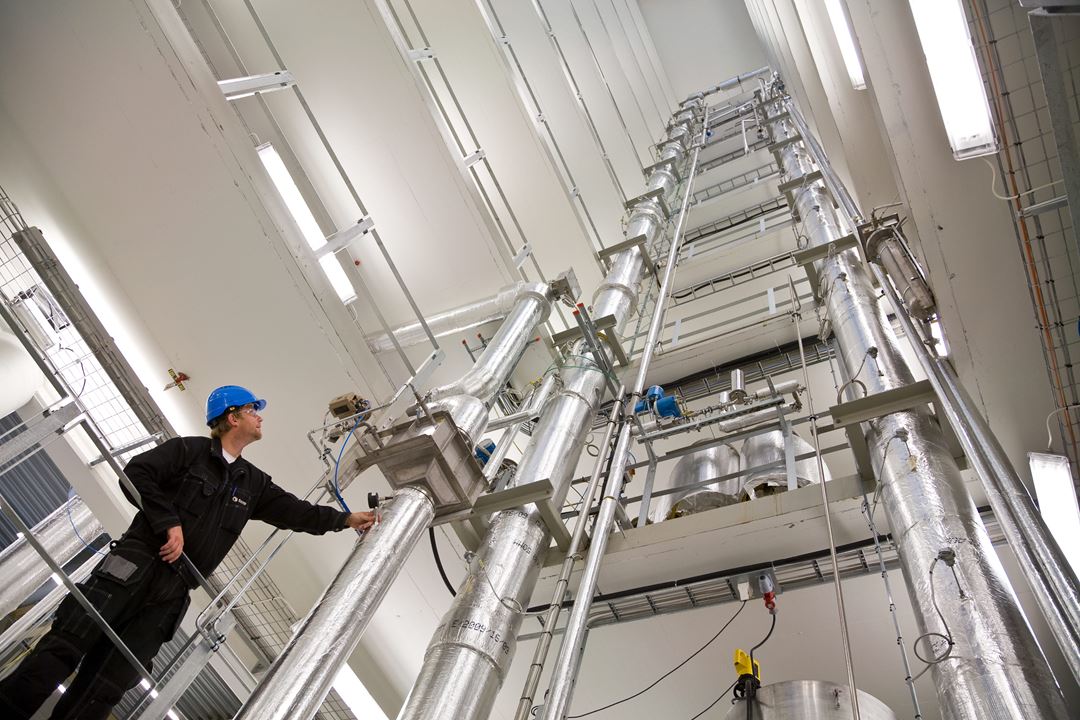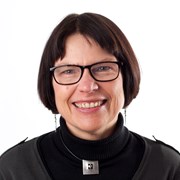An international research and industrial sector partnership has launched a far-reaching project with the aim of helping transform six European industrial regions into economically-robust, low emissions centres by 2025.
Thirty-one partners from five countries are taking part in a three-year research project called ALIGN-CCUS. The Norwegian part of the project has a budget of NOK 46 million. The project participants are SINTEF, NTNU, the Tel-Tek research institute, the Norwegian Institute for Energy Technology (IFE), Bellona, NORCEM/Heidelberg Cement, the Technology Centre Mongstad, and Yara.
The project aims to help towards the rapid and cost-effective supply of technology for large-scale CO2 capture and transport systems, as well as technology for the utilisation and storage of captured CO2 (known as CCUS).
CCUS technology captures carbon dioxide from major emissions sources and either stores it permanently in the deep subsurface, or utilises it for the manufacture of useful products. In this way, it facilitates significant cuts in emissions from the industrial and energy sectors.
The application of such technology is regarded as crucial for limiting global temperature increases to less than 2°C, and for mitigating the worst impacts of climate change.
The ALIGN-CCUS project will particularly focus on specific locations in five European countries: Grenland in Norway, North Rhine-Westphalia in Germany, Rotterdam in the Netherlands, Oltenia in Romania, and Teesside and Grangemouth in the UK. The results will be used to draw up proposals for the application of CCUS technology in each of the regions.
Two thirds of the funding for the Norwegian part of the project is being provided by a European research fund, which is financed by both the EU Commission and the Norwegian state. The remaining costs will be covered by individual contributions from many of the project participants.
For further information about the project, visit the website.


